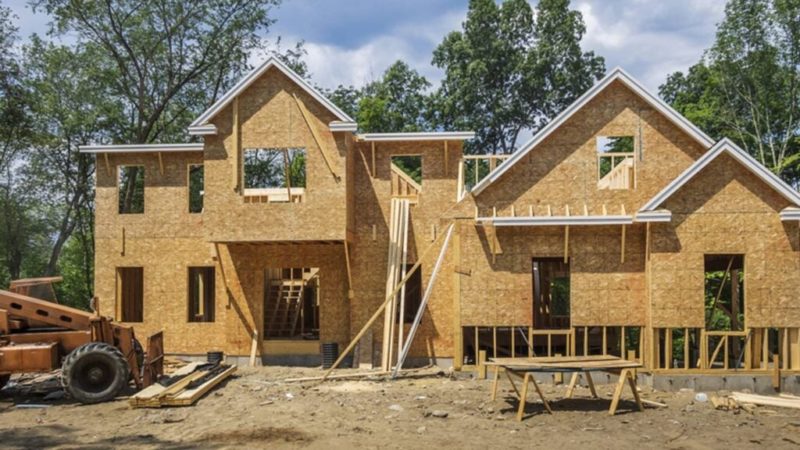Housing starts increased 3.9% between June and July to a seasonally adjusted annual rate of 1.45M units, according to data released Tuesday by the US Census Bureau
New housing starts ticked up slightly between June and July as demand for new construction pushed homebuilders to increase production.
Housing starts increased 3.9 percent between June and July to a seasonally adjusted annual rate of 1.45 million units — 5.9 percent higher than the July 2022 reading of 1,371,000, according to data released Tuesday by the U.S. Census Bureau.
The trend of homeowners staying put and choosing not to list their homes in the face of high-interest rates and home prices has accelerated demand for new builds, even as homebuilders continue to face an uncertain market.
“With many homeowners choosing to stay in their existing home to preserve their low mortgage rate, demand for new home construction pushed up single-family starts in July even as builders continue to struggle with increased uncertainty stemming from rising rates,” National Association of Home Builders Chair Alicia Huey said in a statement. “Builder sentiment has shown that higher mortgage rates are contributing to a decline in buyer traffic, and rates need to stabilize to prevent the housing market from slowing.”
Multifamily housing starts, which include new apartment units decreased 1.7 percent to an annual pace of 469,000, according to the Census Bureau.
The number of new homes authorized by building permits inched up 0.1 percent during July to a seasonally adjusted annual rate of 1,452,000 — 3.9 percent above their July 2022 levels. The amount of housing completions was at a seasonally adjusted annual rate of 1,321,000 during July — an 11.8 percent jump from June but 5.4 percent below the levels seen in July 2022.
The slowing annual rate of approved permits indicates that increasing construction costs are forcing some builders to hit the brakes, NAHB economists said.
“Total permits declined 13% compared to a year ago, indicating that builders are slowing construction activity as housing costs rise,” said Danushka Nanayakkara-Skillington, NAHB’s assistant vice president for forecasting and analysis. “In fact, multifamily permits are at their lowest three-month moving average since December 2020, another sign that the market is cooling.
“In order to bring down shelter inflation, which accounted for 90% of the overall inflation rate last month, we need to enact policies that will allow builders to boost the nation’s housing supply.”
Regionally, combined single-family and multifamily starts were 17.6 percent lower in the Northeast, 13.8 percent lower in the Midwest, 9.4 percent lower in the South and 16.7 percent lower in the West.
Source: inman.com













